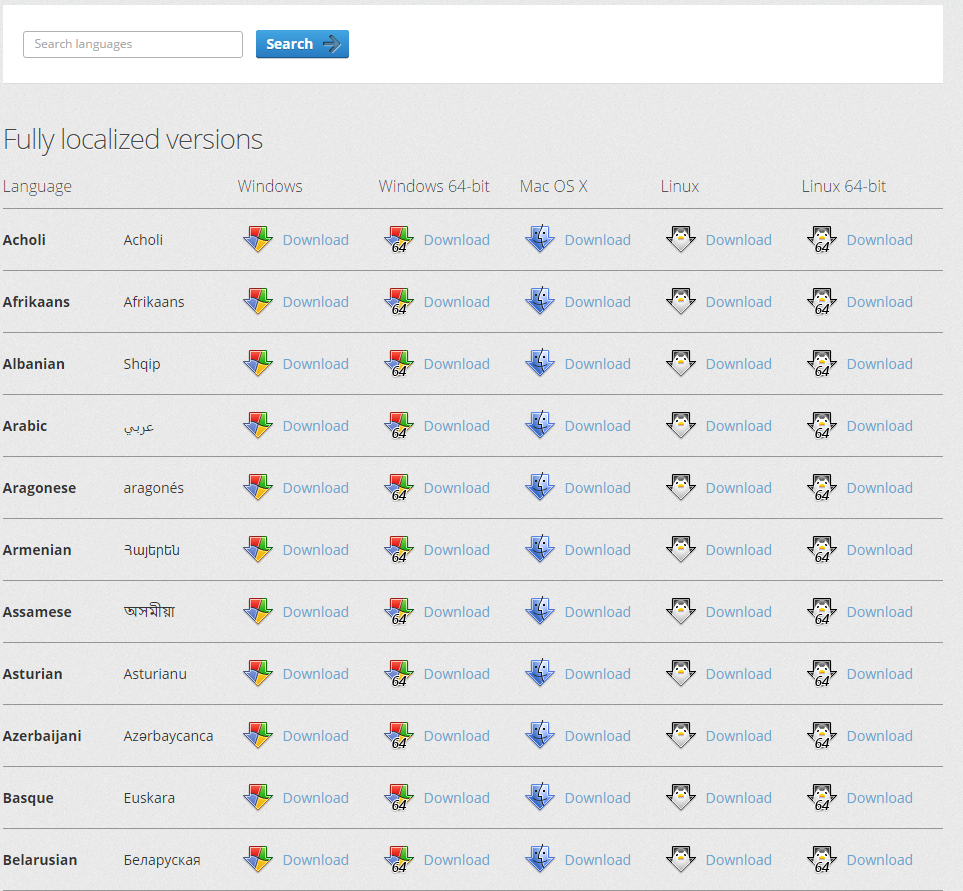How To Make External Hard Drive Work For Both Mac And Pc
Sharing an external drive between a Mac and a PC under Leopard There are two ways to share an external drive, i.e. A FireWire® or USB 2.0 drive, between a Mac running Mac OS X 10.5 Leopard® and a PC running Microsoft® Windows®: physically or over a local network.  Physically sharing an external drive If you have an external drive that you want to share between two locations, such as home and office, and have a PC at one location and a Mac at the other, then the best way to physically share the drive is: • Format the external drive in Mac OS Extended format: see the Disk Utility Help documents concerning partitioning a disk. Prior to reformatting the external drive, backup any data on it that you wish to save. • Install on the PC. MacDrive for Windows permits Windows computers to use disks in Mac formats.
Physically sharing an external drive If you have an external drive that you want to share between two locations, such as home and office, and have a PC at one location and a Mac at the other, then the best way to physically share the drive is: • Format the external drive in Mac OS Extended format: see the Disk Utility Help documents concerning partitioning a disk. Prior to reformatting the external drive, backup any data on it that you wish to save. • Install on the PC. MacDrive for Windows permits Windows computers to use disks in Mac formats.
Now you can use your external hard drive with both Windows and MacOS. But, remember, your Mac will only be able to write to the MacOS partition while your PC can only write to the NTFS-formatted. As long as you format the drive in right format, there won't be any issues. FAT32 can be natively accessed by both OSs, which makes it the best option. The downside is 4GB file size limit so for big files it's a no-go. For maximum compatibility, back up everything from the external hard drive onto your Mac. Open Disk Utility, select the external hard drive and go to Partition. Under Volume Scheme, choose 1 Partition, then click Options. Choose Master Boot Record. Then choose MSDOS under the Format menu. Then click Apply.
While it is possible to format the external drive in MS DOS (FAT32) format for use with both Macs and PCs, this has a number of side effects that are best avoided. These are: • Disk Utility only permits you to format the entire drive in MS DOS format: it does not permit you to partition the drive so that some partitions are in MS DOS format while others are in Mac OS Extended (aka HFS Plus or HFS+) format. • When you copy or save a file from a Mac to a Windows shared volume or Windows-formatted disk, the Mac creates two files: • the data fork (xxx), and • the resource fork (._xxx) • where xxx is the file name. This is called Apple Double Format and is normal.
The resource fork contains metadata about the file that is exclusive to the Mac. This is new with OS X, as documented in • Serious problems can arise if you move the file (xxx) separately from its resource fork (._xxx) on the PC and then try to open the file on the Mac. • If you plan to work with large files, such as digital video, the largest file you can write to a disk in MS DOS format is 4GB. The MS DOS format is also known as FAT32.
• If you connect an MS DOS-formatted disk larger than 128Gb to a Mac running Jaguar, the disk will not show up in Finder. See Therefore, the best approach is to format the external drive in Mac OS Extended format and use MacDrive for Windows to work with it on the PC. Sharing an external drive over a local network If Macs running Leopard and PCs running Windows are on the same local network, the external drive should be formatted for the computer to which it will be directly connected, i.e. Mac studio fix fluid dupe.

Mac OS Extended (Journaled) format if connected to the Mac, or format if connected to the PC. If the external drive will be connected to the PC, NTFS format is preferred if files larger than 4 GB will be written to the drive. If the external drive will be connected to a PC, share it with Macs using the instructions in the Mac Help document Consult Windows help for additional information. If the external drive will be connected to a Mac, share it with Windows users using the instructions in the Mac Help document However, some special handling is required. Windows users will need an on the Mac. Unfortunately, this must be either an Admin account or a Standard account with Read/Write permissions enabled for Everyone on the external drive.
This is because testing has shown that the following Leopard features do not work as expected: 1. Sharing-only accounts cannot be set to share files and folders using. Therefore, Windows users cannot be given sharing-only accounts on the Mac. Mac for office. This appears to be a bug in Leopard. Standard accounts with Read/Write permissions on the shared drive cannot write to it over SMB unless permissions for Everyone are set to Read/Write. If you set up the shared external drive in Sharing preferences as follows: • Add [+] the external drive to Shared Folders.